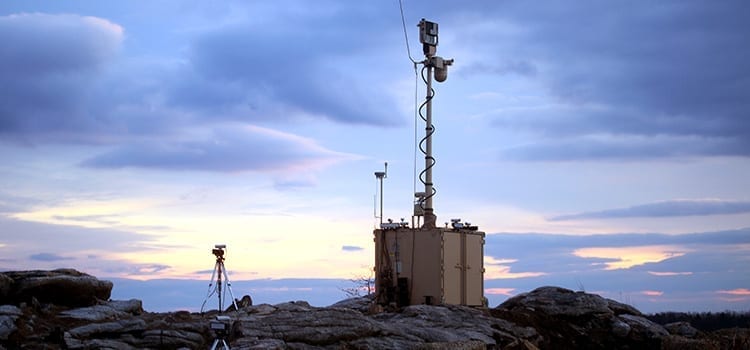Battelle’s innovative biological threat aerosol identification technology has passed another significant Department of Defense milestone, successfully performing all required functions during live agent testing.
The Resource Effective Bio-Identification System (REBS) was one of several candidate technologies to recently undergo the U.S. government’s live agent performance trials—and made the down-selecting cut for the Joint United States Forces Korea Portal and Integrated Threat Recognition (JUPITR) program.
As a result, several REBS units are planned for deployment to the Republic of Korea for an extended biological surveillance mission as part of the JUPITR program. JUPITR is led by the Joint Program Executive Office for Chemical and Biological Defense, or JPEO-CBD, and will provide unique biological protection capabilities to address the demand for stronger biosurveillance capabilities on the Korean Peninsula.
Read more: JUPITR Biosurveillance Program Takes Shape on Korean Peninsula
REBS is a one-of-a kind, cost-effective bioaerosol identification system that provides rapid and flexible aerosol collection and identification capability. The Raman spectroscopy-based system continuously monitors the air, looking for hazardous aerosols that may jeopardize the safety of military personnel and civilians.
The system preserves samples for subsequent secondary confirmation, is network-ready, and can operate independently without human interaction for weeks on end. Unlike all other bioaerosol identification systems, REBS is very cost-effective to operate—well under $1 per day.
“We’re proud that our system performed so well and has been selected to be part of the JUPITR program that will help protect the war-fighter and civilians on the Korean Peninsula,” said Matt Shaw, general manager for Battelle’s Chemical, Biological, Radiological, Nuclear and Explosives (CBRNE) Defense business. “We’ve made significant improvements to reduce the time it takes to identify hazardous bioaerosols and to dramatically bring down the full life cycle costs.”
Read more: Battelle Fills Central Role in Military’s Medical Countermeasure Enterprise
In addition to REBS technology, Battelle’s more than 25 years of experience in CBRNE defense includes research, development, testing and evaluation of threat detection sensors, personal protective equipment (PPE) and explosives, risk assessment software tools to help protect the nation against terrorism threats from weapons of mass destruction, and a wide range of impactful training capabilities—from training emergency responders at the tactical level, who are responding to a possible terrorist attack, to commanders and government leaders at the operational and strategic levels, who are managing the overall response.
Battelle is an official sponsor of Global Biodefense.


